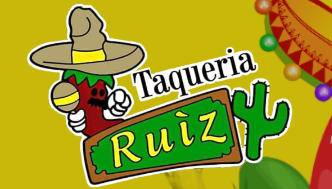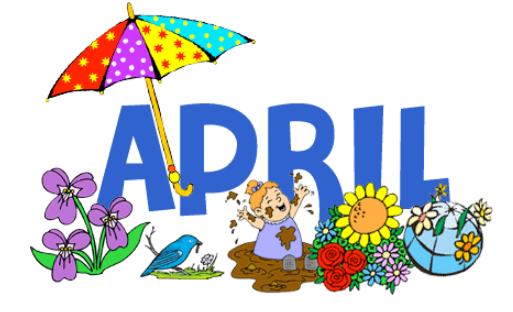A colorful celebration for everyone
Mardi Gras – February 21
Masks, floats, and beads contribute to the party atmosphere.
February 21 may not seem like an auspicious date, but it is the day before a solemn season in the Christian calendar and it has gained some notoriety for its celebrations. We commonly refer to it as Mardi Gras, or Fat Tuesday.
Mardi Gras has become a carnival celebration that is about music, parades, picnics, and floats. It’s one big holiday, famously celebrated in New Orleans, Louisiana and Rio de Janeiro, Brazil, as well as other parts of the world.
People who attend the festivities usually wear costumes or at least dress in the official colors of purple, green, and gold. One of the goals in attending is to collect the long bead necklaces they catch that are thrown from floats. People who go to Mardi Gras celebrations every year know to bring a big bag to put any necklaces and other trinkets they catch from the floats in it. Parade goers will sit on the ground, throw balls, eat food, play music, and walk crowds walk by in between parades.
The name Mardi Gras is French for Fat Tuesday, which reflects the fact that they eat a lot of rich fatty foods. This is an important aspect of this holiday because it takes place the day before the Lenten season in which they fast. In some regions, instead of celebrating Mardi Gras on that day, they celebrate something called Shrove Tuesday, often eating lots of pancakes before going into the Lenten fast. It is derived from the word shrive meaning “To administer the sacrament of confession to absolve.”
This holiday was originally a festival to celebrate spring, but when the Christian celebration of Lent came into fashion, it became a precursor to that season. While it is technically one day, celebrants in New Orleans often consider Mardi Gras to stretch the entire period from Twelfth Night (which is January 6, or Epiphany) to Ash Wednesday. Others treat the final three-day period before Ash Wednesday as the Mardi Gras.









